How I Write
A candid look at ideas, frameworks, and tools that made me a better writer.
👋 Hey to 1,606 climate buddies 🌳
Climate is not a technology problem but a story problem.
Delphi Zero is a consultancy and newsletter about the narrative potential of climate.
In our latest interview, Gniewomir Flis - an industrial decarbonization expert and purveyor of Polandcore - shared this nugget of wisdom:
The easiest way to develop expertise, in my view, is to write about what you’ve learned publicly. It helps structure your thoughts, it builds up a network, and if you get something wrong, you can be sure an actual expert on the topic will come in and correct you on the internet.
Today’s essay is all about the why, how, and what of my own writing.
To provide you with the maximum value, I have asked a few friends and readers to come up with their most pressing questions about publishing online.
Here’s the actionable lay of the land of How I Write 👇
How I Write
By Art Lapinsch
🚨 Due to the length of this piece, Substack threw me a funny reminder 👇
So, I’d recommend you to read this in the browser.
How did you get into writing?
In high school, my writing was bang-average at best.
In my junior year, my German literature teacher1 threatened to kick me out of school if I didn’t improve quickly. He made me write weekly essays and extra course work. I hated it.
Two years later, I graduated with an A+ but still didn’t like writing.
But there was something else that tickled my interest: MySpace.
Back in the good’ol days before facebook’s dominance, MySpace was the wild west of content.
I had my own space and used it to publish humorous long-form articles about the heroics of our football team. I guess that this was my first touch point with “writing”.
Newsletters Before Newsletters
In 2011, I studied abroad in Mexico City.
During that semester, I kept in touch with my friends from home by sending them long-form emails that would take half an hour to read.
20+ people on cc.
Kind of like Substack but before Substack.
Corporate Blogging Days
In 2015, I co-founded an adtech company.
Plan A to grow our sales pipeline was to experiment with AdWords.
But Plan A didn’t work out.
Short story: After going live, we immediately got our AdWords account suspended.
A seasoned media buyer once told me: “Having your AdWords account suspended is like a Rite of Passage in adtech.”
The longer story goes something like this: Our service was only available in the US.
To conserve ad budget, we targeted the campaign with the following parameters:
Geo targeted to U.S. only
Device language: English
Day parting to advertise during U.S. working hours
etc.
We go live and the next thing we know, a Google email flies in with our suspension notice.
My co-founder - an early Google employee in his own right - reached out to the Ad Quality team and said that he has an idea what caused the issue:
The QA team is located in India
A team member tested the ad. We knew it because we saw a Indian IP addresses clicking onto our ad (despite the geo targeting)
We assumed that the QA team tested the ad without a VPN routing the traffic through an American IP
The QA team member saw empty service and deemed it to be “broken.”
We asked to test the campaign with a VPN routing traffic from a U.S. IP
No dice.
We were permanently suspended from one of the most effective growth channels on the internet.
Excuse the detour, but this explains how we landed on Plan B.
We couldn’t do paid ads so we did content.
Why content?
It’s free. You pay with your time.
You decide what’s on the editorial calendar.
You create resources/URLs, which can be shared internally and externally. You effectively create documentation.
… etc.
And so I started writing about a variety of things for our company.
First, on Medium. Then on our own Mailchimp newsletter.
Personal Blogging and Content Products
In 2020, I started writing even more:
An email-based course about Remote Team Management that clocked in at around 15,000 words - now turned into my first book ‘The Async Unlock’ 📘
Weekly newsletters about the creator journey
Wide-ranging deep-dives into everything from music, to organizational communication, to geopolitics
I checked, and recently my blog crossed the 100 published posts mark:
And then, in 2022, I started this publication - Delphi Zero 🌳
So you could say, it’s been a long time coming and somehow I gravitated towards writing.
Why Long-Form Writing?
This goes back to personal preference.
I like to read long-form for entertainment and for learning purposes. My brain is just wired that way.
In a recent interview, Nick van Osdol - a climate newsletter author - had a counter-argument:
For one, consider not starting another newsletter. Position yourself to create short-form video. That's where the future of media is headed.
At the end of the day, the question is: What do you want to achieve as a communicator?
Do you want to entertain? Do you want to educate? Both?
I think you can achieve all of the above with writing, with video, with audio, with real-life experiences, and probably more things that I can’t think of right now.
Pick whatever medium resonates with you and just get started.
Let’s Say Someone Wants to Start Writing But Doesn’t Know How to Start. What Would You Advise?
The three most common questions I get from people are:
Topic: What should I write about?
Audience: Who would read it?
Credibility: Why would anyone care what I have to say?
Valid questions. Simple fix in three steps👇
Step #1: Write a List of Topics People Ask You About
Sit down with a piece of paper and write down the most common questions that people ask you regularly.
“How was your trip to X?”
”How do I solve X?”
”What do you like about X?”
”How did you decide to buy and install X?”
I’m sure that if you think hard, you’ll come up with at least five questions.
Think of all the questions that you get in your professional life and personal life.
Step #2: Open an Email Window and Start Writing
Writing a draft on a blank page can be intimidating.
One of the best tricks I’ve ever heard to solve this: Compose the draft in your email window.
Like this 👇
When you do it, think of this email as an answer to the friend who asked you a specific question.
Step #3: Publish and Celebrate
Then, publish and celebrate.
Jokes aside, you’ll find that this method takes care of the three most common objections to writing:
Topic:
What should I write about?Write about the topics people ask you about.Audience:
Who would read it?People who asked would love to read it.Credibility:
Why would anyone care what I have to say?Stop worrying! They literally asked you.
Once you get into the groove, you can expand and start writing about other things.
Start exercising your writing muscle and thank me later 💪
🔬 Little secret: All my Delphi Zero interviews with Rickard, Emma, Jack, Nick, and Gniewko have been done via email for exactly that reason. I send an email with 12 questions and people answer in gmail.
Valuable and interesting content ✅
What Is the Most Important Thing Before Starting a New Piece?
I strongly believe that you must have a good grasp of the core idea of the piece.
Without a good understanding of the core idea/message/insight (whatever you want to call it) it is super difficult to structure and write the piece.
Worst-Case Example: Running in Circles
I made this huge mistake once where I wanted to write about renewable-energy subsidies.
My initial thinking went something like this:
The government has to support renewable energy sources (good) to compete against fossil fuel sources (bad)
This is similar to planting good plants and managing/weeding out the bad ones
The government is a gardener
And so the title came to mind “The Green Thumb of Energy” … but I couldn’t figure it out for the life of me.
Then, it pivoted into a play on words on the Invisible Hand of the Market into “The Visible Hand of Energy Markets.” - because subsidies are visible… get it?!
The issue is that I had the titles before properly figuring out what I wanted to say.
I wasted two entire weeks working non-stop on this piece and I just couldn’t make it work. My understanding about renewable energy subsidies was too limited to press it into either of these two analogies.
I had to cut my losses and trash this piece.
A very painful and expensive lesson.
This is what I wrote after this drafting fiasco:

Best-Case Example: Moments of Epiphany
On the bright side of things we have those aha moments where everything seems to click into place.
One example was when I tried to summarize my academic learnings about energy regulation.
I wanted to write a piece that’s not too technical yet comprehensive enough to be useful. My intended audience were climate-curious people who didn’t have a legal or economics background.
After writing in my note pad, I arrived at a set of questions:
What is regulation?
Why set rules in the first place?
Is energy big?
It reminded me of how curious kids always seem to ask “why? why? why?“
This was the unlock I needed. The core of my piece was a curious kid asking a lot of questions.
After nailing the core idea, the rest was easy 👇
Practical Tip: Re-Work Your Notes Until It Clicks
The following two ideas are particularly useful:
Draft → Focus on Best 10% → Repeat: Tim Urban - the writer of my favorite online blog WaitButWhy - shared a deep insight from his writing process. He writes a draft and puts it aside for a while. Then, while re-reading it, he looks for the absolute best elements in his draft. How can he tell? It’s usually a physical response like a “hm” or “huh” sound that escapes his mouth. When he finds these elements, he re-drafts the entire thing by only focusing on the best stuff. Think of it as a distillation process.
Draft Number 4: Legendary editor John McPhee - the godfather of editorial long-form non-fiction - wrote a seminal book called “Draft Number 4.” The premise is simple: re-working your initial idea brings out the best of it.
In summary, I would highly recommend you to spend some time on figuring out what exactly you want to say. What is the core?
Once you have that figured out, it’ll be much easier to write the piece.
What Is Your Writing Process?
My current writing process looks like this:
💡 Ideas
✍️ Free Writing
📝 Marination & Synthesis
🏞️ Title & Cover
❌ (Feedback)
⌨️ Draft
🖥️ Edits & Rewriting
📧 Publishing
🔗 Distribution
Let’s go into the nitty gritty 👇
#1: Ideas 💡
I collect my ideas in two ways:
Loose ideas go into Apple Notes where they marinate for a while.
More concrete ideas go into the Substack Drafts section.
How do I come up with ideas? Here are four ways ordered by difficulty from easy to difficult:
Questions (others): Someone asks a specific question. Impulse: “How did you get into climate?” → Output: Leveling Up for the Planet
Documentation: I learned something and want to share it with others. Impulse: “There are at least 11 distinct electricity markets in Europe.” → Output: Understanding Electricity Markets
Questions (myself): I ask myself a question. Impulse: “Why is climate communication so bad?” → Output: Climate Tech’s Story Problem
Experiments: “I just want to create something for the sake of it.” Impulse: A sci-fi short story about AI and Climate. → Output: The Big Halt
Sometimes, you identify the core idea from the beginning. Other times, this happens later in the writing process (e.g. drafting stage). When that happens, I would go back to step one and do it all over again.
#2: Free Writing ✍️
The first thing I do when coming up with an idea is to free write.
I take a pen and start pouring all my thoughts, associations, ideas, etc. onto paper.
This is what the free writing exercise looked like for this piece 👇
Why does it work?
Ideas in your head are abstract. Ideas on paper are concrete (i.e. they are phrased).
Until I put words on a page, I actually don’t know whether an idea is clear enough.
This technique has different names but one of the best explanations was Julian Shapiro’s “Creativity Faucet”:
Visualize your creativity as a backed-up pipe of water. The first mile is packed with wastewater. This wastewater must be emptied before the clear water arrives.
Because your pipe only has one faucet, there's no shortcut to achieving clarity other than first emptying the wastewater.
Let's apply this to creativity: At the beginning of a creative session, see through every bad idea that comes to mind. Instead of being self-critical and resisting bad ideas, recognize that you must see them to completion.
Bad ideas, by the way, are often the clichés your brain has been overexposed to.
Once bad ideas are emptied, a surprising thing happens: better ideas begin to arrive. Here's my guess as to why: Once you've generated enough bad output, your mind reflexively identifies which elements caused the badness. Then it becomes better at avoiding them. You start pattern-matching interesting ideas with greater intuition.
This works because it is easier to look at something bad and intuit how to make it better than to make something good from scratch. The human brain isn't wired for spontaneous ingenuity, but it is wired to detect what's wrong with the world. Is the song too high-pitched? Lower the pitch. Does the story have too many lead characters? Remove a few.
This exercise aims directly at the core idea.
Free writing gets you there faster.
#3: Marination & Synthesis 📝
Once the core idea is in place, I usually take a step back from writing.
I take a walk, work on a different project, or just take some time off. The human brain is amazing at working things out in the background.
I keep an Apple Note for the piece where I start adding ideas, thoughts, observations… literally anything that could be useful for writing the piece.
Now, this is not an exact science. At some point it just feels like there’s “enough there” to start thinking about a draft.
#4: Title/Cover
One trick I learned from my friend Frederik was to start with a title and a conclusion paragraph. That way, you have the frame and just need to fill in the middle.
The title in particular is what gets me excited about the piece. It’s like naming a baby. Once it has a name/title, it’s real and we’re off to the races.
For this piece, I wanted to keep it simple and just called it “How I Write” because it’s literally what you are getting as a reader.
When the title is set, my mind immediately goes to think what kind of cover to create. I don’t know if it is important or not but it brings me tremendous joy.
In this case, I wanted to (a) show a writer - me - in his work environment and (b) use a visual style akin to Wallace & Gromit claymation. Why claymation? On a recent trip, Netflix started auto-playing Wallace and Gromit and I loved the idea of creating a cover in this visual language.
I’ll discuss the creation of visuals in detail further below.
#5: (Feedback)
For pieces that are conceptually challenging, I ask friends for their feedback.
By now, I rarely send finished drafts, but rather one of the following:
Casual Chat → When an opportunity opens, I would briefly explain them what I’m thinking about and see if they have any comments/questions/ideas/feedback.
Written Summary → Usually a Whatsapp text message with bullet points explaining the core idea or unpolished elements of the piece.
Voice Memos → The newest weapon in my arsenal. I record a short voice message and send it to a friend. The benefit of verbalizing the idea is that it starts to sound stupid real quick if you don’t talk like yourself. Telling someone is a forcing function to simplify and humanize.
#6: Draft
As Neil Gaiman would say:
There is nothing to writing. All you do is sit down at a typewriter and bleed.
#7: Edits/Rewriting
Remember John McPhee? Yup, it takes a couple of edits until the goods are ready to go. What helps?
Read It Out Loud → I cannot overstate the importance of this point enough! Sentences sound better in your own head. Read it and be mindful where the flow breaks, what sounds funny, and what doesn’t make sense. // Rewrite it if needed.
Done Is Better Than Perfect → There’s a fine balance. I’d rather send out an essay with one or two typos than procrastinating on hitting the [publish] button for weeks. Get over it. You’ll receive emails where people point out the mistakes. Great! Thank them, correct the mistake, and carry on.
#8: Publishing
It’s time to hit the scary [Publish] button.
Where do I publish? My current recommendation for aspiring writers is Substack:
It’s free → Doesn’t cost you a dime to run your publication.
It’s known → I have the hypothesis that sign up rates to Substack publications are higher than the average email newsletter sign up rate on the internet because people are “familiar” with Substack. It’s like “Sign in with Google”. People trust it by now.
It’s simple → No distractions for the writer. Don’t worry about SEO. Don’t worry about design. Just focus on writing.
It’s growing → Substack’s growth engine is amazing. More than half of all my subscribers come from their recommendation/network features.
They don’t pay me (yet) but it’s the best tool I’ve tried so far amongst other platforms (myspace; wordpress; medium; mailchimp; mailerlite; convertkit; revue; ghost; etc.)
#9: Distribution
Someone asked me:
How do you increase the reach of your pieces?
Honestly, I haven’t figured this out yet.
As I mentioned, the majority of my subscriber growth comes from Substack. Their network/recommendation features are driving climate-curious folks to Delphi Zero.
I have done Podcast appearances and wrote guest posts but it’s difficult to attribute the sign ups.
After posting each piece, I share it on my LinkedIn and maybe via direct messages with people that I know would be interested in that particular essay.
My hope is that the content is so recommendable, that readers will tell their friends and colleagues. That’s it 🤷♂️
If you have a better idea, let me know.
What Challenges Do You Face While Working on a New Piece?
This answer is probably very different for every writer.
A few things come to mind:
Finding the Core Idea: It’s difficult. Every single time.
Managing Energy Levels: This used to be a huge problem. Trying to force a piece when the creative juices weren’t flowing. I think I’m getting better at riding the wave of inspiration and also allowing myself to walk away when it’s not meant to be. If you are not dialed in, you risk wasting a lot of time and energy.
Knowing When to Cut Losses: When a draft doesn’t work, the question is whether to (a) go back to square one and start all over or (b) toss the project into the garbage bin and do something else. I can’t imagine how book authors must feel when their manuscript sucks after years of writing.
Mentally speaking, writing is not an easy game.
What Helped You to Become a Better Writer?
If I’d have to come up with a learning loop, it would be this:
💪 Write: Do the work and put in the reps. NY Times best-selling author Mark Manson says “Until you haven’t written 100 blog posts, you don’t know what you are doing.” → I’d say this number is on the upper end but it’s directionally correct. You have to familiarize yourself with the craft before you can uncover your unique voice, your unique workflow, and your unique ideas.
🧠 Learn: Learn from feedback. Learn from gut feeling. Learn from others. // The more you know, the easier it will be to pick up on the nuances.
🤔 Adapt: Improve, practice, experiment. Try new stuff. See where it takes you.
My intuition tells me that a better understanding of writing helps you to learn faster. Why? Because you are able to perceive information at a higher fidelity.
You start noticing the techniques and literary devices that other writers use.
For example, if you look at my bulleted list from above, it has the following:
Consistency → All bullets start with an emoji and one active verb.
Active Speech → Active verbs are easier to read + make for a prescriptive checklist.
Don’t believe me? Go through the various headlines and sub-headlines as well as bulleted lists. I try to keep it consistent because I believe it makes it easier for you.
Did I come up with this on my own? No, of course not.
I learned from others and adapted those ideas to my own writing.
"Absorb what is useful. Discard what is not. Add what is uniquely your own." - Bruce Lee
Besides, the high-level improvement loop, there are a couple of helpful frameworks/ideas that I like a lot 👇
1) Write Like You Talk
Scott Adams - the controversial dad of Dilbert - wrote the shortest and most useful essay on business writing:
The Day You Became a Better Writer
I went from being a bad writer to a good writer after taking a one-day course in “business writing.” I couldn’t believe how simple it was. I’ll tell you the main tricks here so you don’t have to waste a day in class.
Business writing is about clarity and persuasion. The main technique is keeping things simple. Simple writing is persuasive. A good argument in five sentences will sway more people than a brilliant argument in a hundred sentences. Don’t fight it.
Simple means getting rid of extra words. Don’t write, “He was very happy” when you can write “He was happy.” You think the word “very” adds something. It doesn’t. Prune your sentences.
Humor writing is a lot like business writing. It needs to be simple. The main difference is in the choice of words. For humor, don’t say “drink” when you can say “swill.”
Your first sentence needs to grab the reader. Go back and read my first sentence to this post. I rewrote it a dozen times. It makes you curious. That’s the key.
Write short sentences. Avoid putting multiple thoughts in one sentence. Readers aren’t as smart as you’d think.
Learn how brains organize ideas. Readers comprehend “the boy hit the ball” quicker than “the ball was hit by the boy.” Both sentences mean the same, but it’s easier to imagine the object (the boy) before the action (the hitting). All brains work that way. (Notice I didn’t say, “That is the way all brains work”?)That’s it. You just learned 80% of the rules of good writing. You’re welcome.
Back in my startup days, I shared this with everyone. I still do to this day.
2) The Fundamental Structure of Story
Another fantastic framework is Bill Grundfest’s 60-second MFA in Screenwriting.
He said that every story revolves around a single question 👇
"Who wants what and what stops them from getting it?"
If you think of your favorite books, TV shows, or stories, you might recognize that all of them share three fundamental elements:
Subject 🙋 = Who?
Desire ❤️ = Want What?
Conflict ⚔️ = What’s in the Way?
Simply put: Present a tension and provide a release.
Works in stories. Works in products. Works in life.
3) Copywork
A recent addition to my writing toolkit is the practice of “copywork”
If you’re copyworking, you are transcribing proven copy by hand. It sounds painstaking — and it can be — but it’s one of the best ways to internalize the voice and tone and style of another writer. Because transcribing copy by hand slows you down, giving you time to think critically about the original author’s decision-making (e.g. word choice, punctuation, order).
There’s a great free resource, which teaches you this technique in a five-day progression.
I didn’t believe it at first, but copywork rewires your brain. If you want to write with wit, pick a piece that you think is funny and transcribe it word-for-word.
You’ll be surprised.
Sam Parr - founder of the Hustle newsletter (acquired by Hubspot) - explains this technique in 1 minute and 49 seconds:
My Resource Library ✨
Since 2017, I have been collecting the best writing resources and frameworks on this page 👉 https://www.artlapinsch.com/writing-guide/
It’s like my secret link library to the best writing advice I have come across so far.
📺 Commercial Break 📺
🎊 Now back to the Main Program 🎊
Name Your Favorite Writers and Why?
I’ll answer this a little differently.
Here are some pieces that have influenced my own writing journey:
The Egg (Andy Weir) → Showed me that you could pack an emotional and philosophical roller coaster into 997 words. Wild stuff!
The Untold Story of Silk Road: Part 1 (Joshuah Bearman) → Teaches you that non-fiction long-form writing can be so captivating that you’ll spend 4-5 hours reading it on a weekend. Legendary piece!
Conjuring Scenius (Packy McCormick) → Synthesizing existing ideas with original ideas. Since then, Packy has become one of the most popular business writers on the web - deservedly so!
The AI Revolution: The Road to Superintelligence (Tim Urban) → No one can unpack and teach complex material like Tim Urban. Bow to the GOAT!
How to use Gmail more efficiently (Andreas Klinger) → My friend Andi wrote the inofficial onboarding manual to GMail for Silicon Valley folks. Shows that snappy content can be extremely useful.
There are many more writers who deserve to be named. I’ll keep a few for the next round ;)
How Does Visual Content (and/or AI) Complement Your Writing?
Imagine reading this piece in a text-only version.
God forbid!
My brain couldn’t handle that, and so, I like to mix it up with visuals, stories, videos, links, etc.
Illustrations
Illustrations are a great way of visualizing a new concept/framework/etc.
+ it’s a shareable asset.
I use Procreate app on iPad for the hand-drawn stuff and Figma for the rest.
Generative AI Images
Midjourney is my tool of choice for cover images.
It’s fun to experiment with different visual styles for each cover. What does it look like when I create these prompts in Midjourney?
If you’re interested, I go into more details in “Saving the World One Essay at a Time.”
ChatGPT
Honestly, I don’t use ChatGPT for my actual writing.
I hope you appreciate that you are reading hand-crafted sentences here.
Nonetheless, I found ChatGPT super useful for two specific things:
First Research: Don’t know about solar panels? Ask dumb questions and see yourself getting smarter. It’s a good starting point for learning.
Writing Assistant: If you are stuck with the title, the structure of the piece, or something else, you could use ChatGPT’s audio input feature. You press the button and it starts recording your voice. Then, close your eyes and imagine you’re asking a friend for feedback. This is what it could look like 👇
Always remember, tools are useful but the real meat is in your core idea.
If you’d start all over again knowing what you know now, what would you change in your approach?
Hindsight is always 20/20, but if I have to answer this question, I’d say the following:
Consistency: Be more consistent early on. Even if it’s just 100 words per day. Just publish frequently and accelerate your learning.
Start With Copywork: Start copying good writers right from the beginning. It’s taken me 15+ years to find this technique.
Experimentation: Try weird shit. Poetry, video, comedy. Who cares. It’ll expand what you think is possible, you’ll learn new skills, and maybe it brings you closer to your true voice.
Have fun and run with it.
Why Writing? What’s Unique About It?
I believe it’s one of the highest leverage activities anyone can do.
Others have put it quite well:
“Writing is the most scalable professional networking activity – stay home, don’t go to events/conferences, and just put ideas down.” - Andrew Chen
“If you publish content (blogs, podcasts, videos, etc.) regularly, people will discover you and initiate unexpected opportunities. They’ll open doors you didn’t even know existed.” - David Perell
“Writing about something, even something you know well, usually shows you that you didn't know it as well as you thought. Putting ideas into words is a severe test.” - Paul Graham
From my perspective it checks all of these boxes:
💪 Practice: Writing is a craft you can practice for free. You get better by putting in the reps and it’s tremendously useful. That in itself is already amazing.
💡 Thinking: Good luck writing about something that you don’t understand. The output will be rubbish. Writing is thinking. Ideas, associations, and cross-connections happen while you write. After writing about a topic, chances are that you’ll understand it better.
🤝 Networking: Amen. Writing is a great tool for inbound requests from people who are aligned with your writing. It’s like planting a flag so that your tribe can find you.
🔗 Documentation: I believe I heard someone say that there are “Two Things that Scale: Code and Content.” If you reframe content as such, it is the documentation of ideas.
This piece could have been a call with a friend or an email to a colleague, but instead it was pressed into this online writing form-factor.
Now it will live forever behind this URL and people will be able to learn How I Write.
🙏 Thanks, Basti, Sara, Lia, and Max for peppering me with questions and discussing this piece.
I’d love to hear from you, please get in touch and tell me what you’re currently interested in. Here to make friends ✌️
There is an entire novel about my German literature teacher. Let’s say, it doesn’t paint him in the best light. The book also won the 2023 German Literature Prize, which is wild.





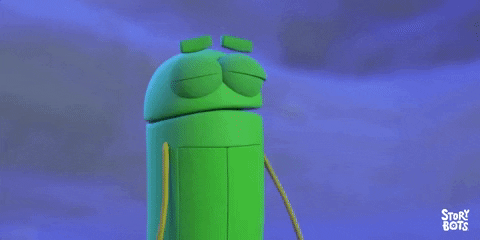




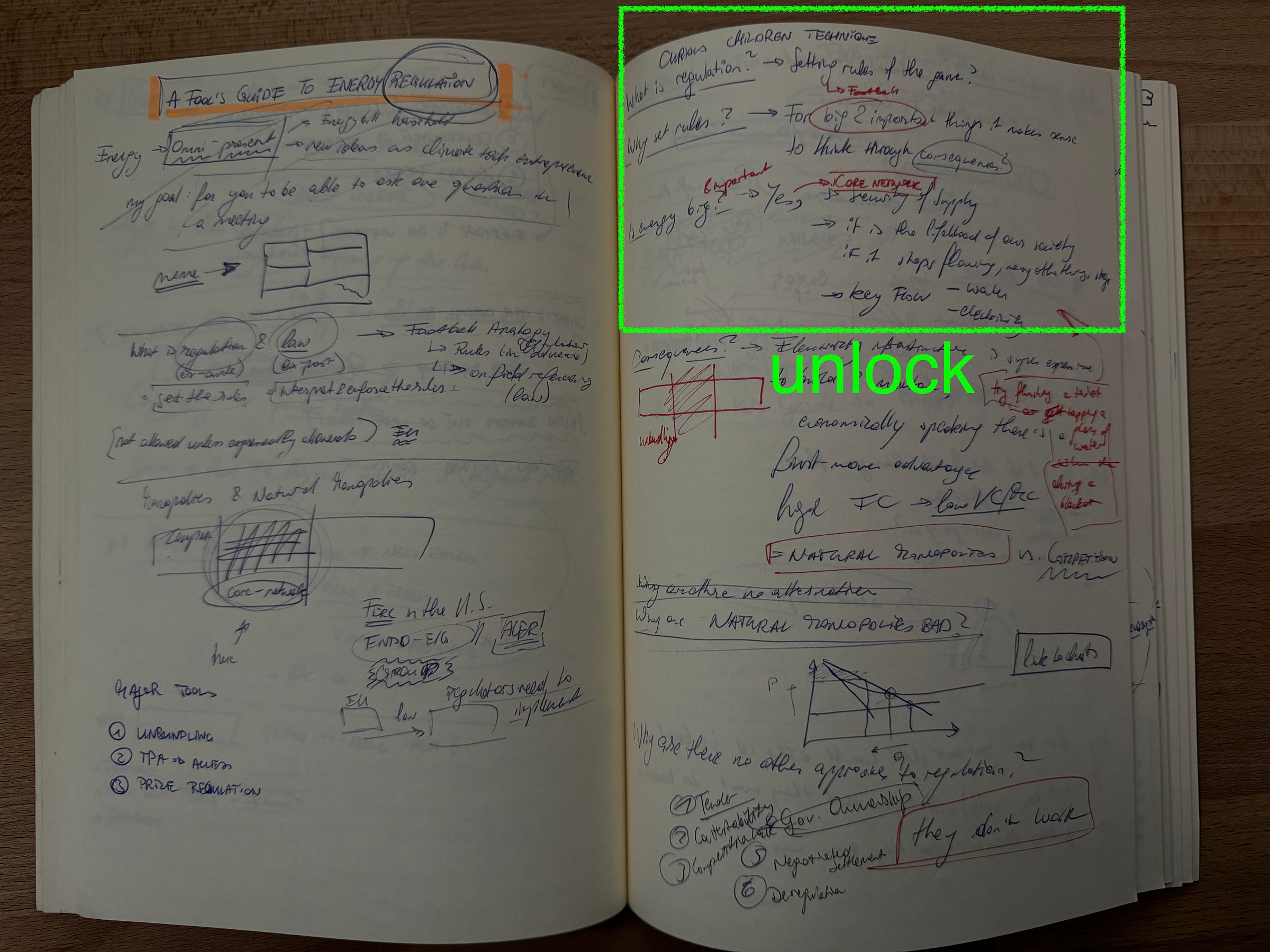

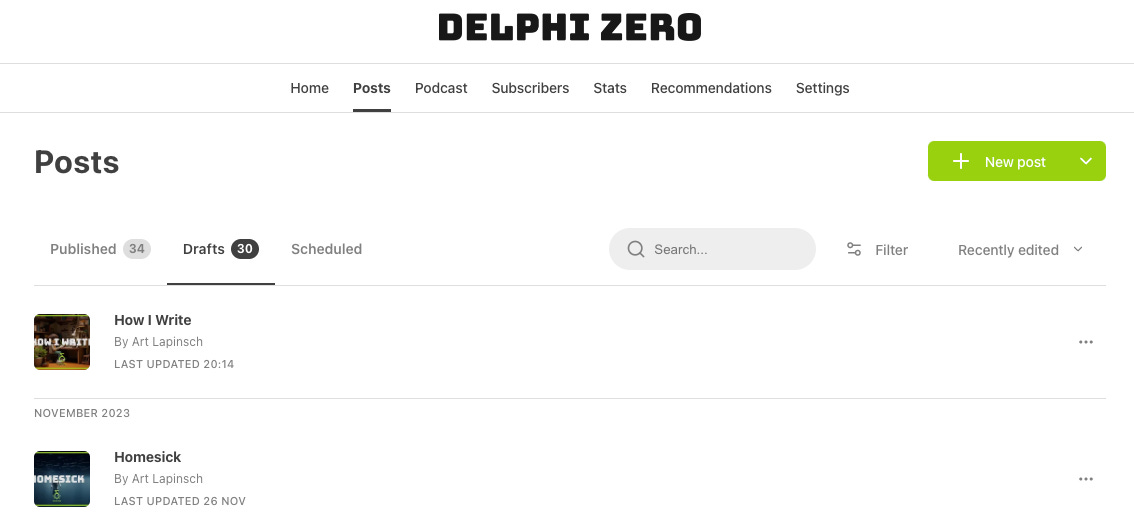
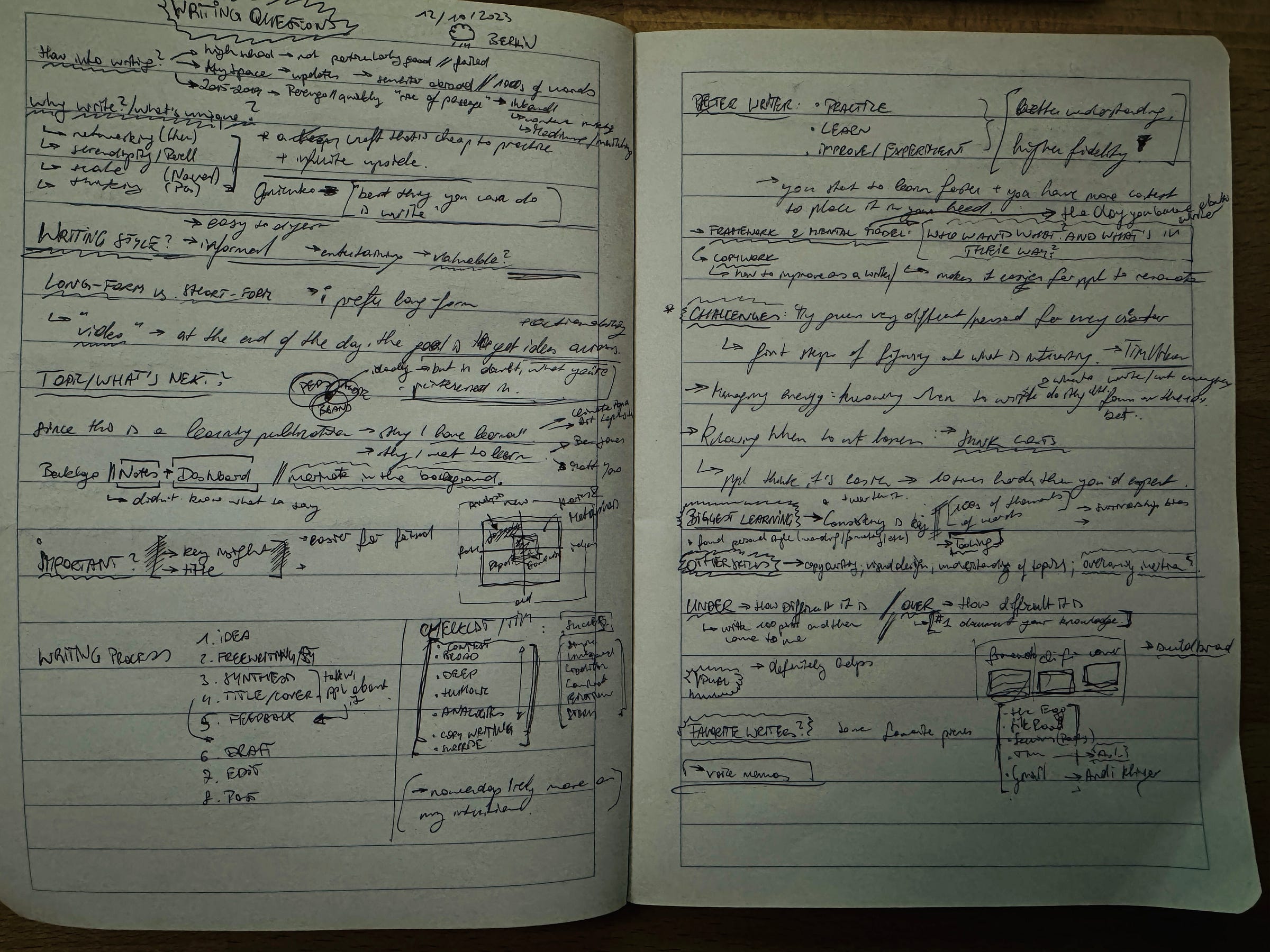

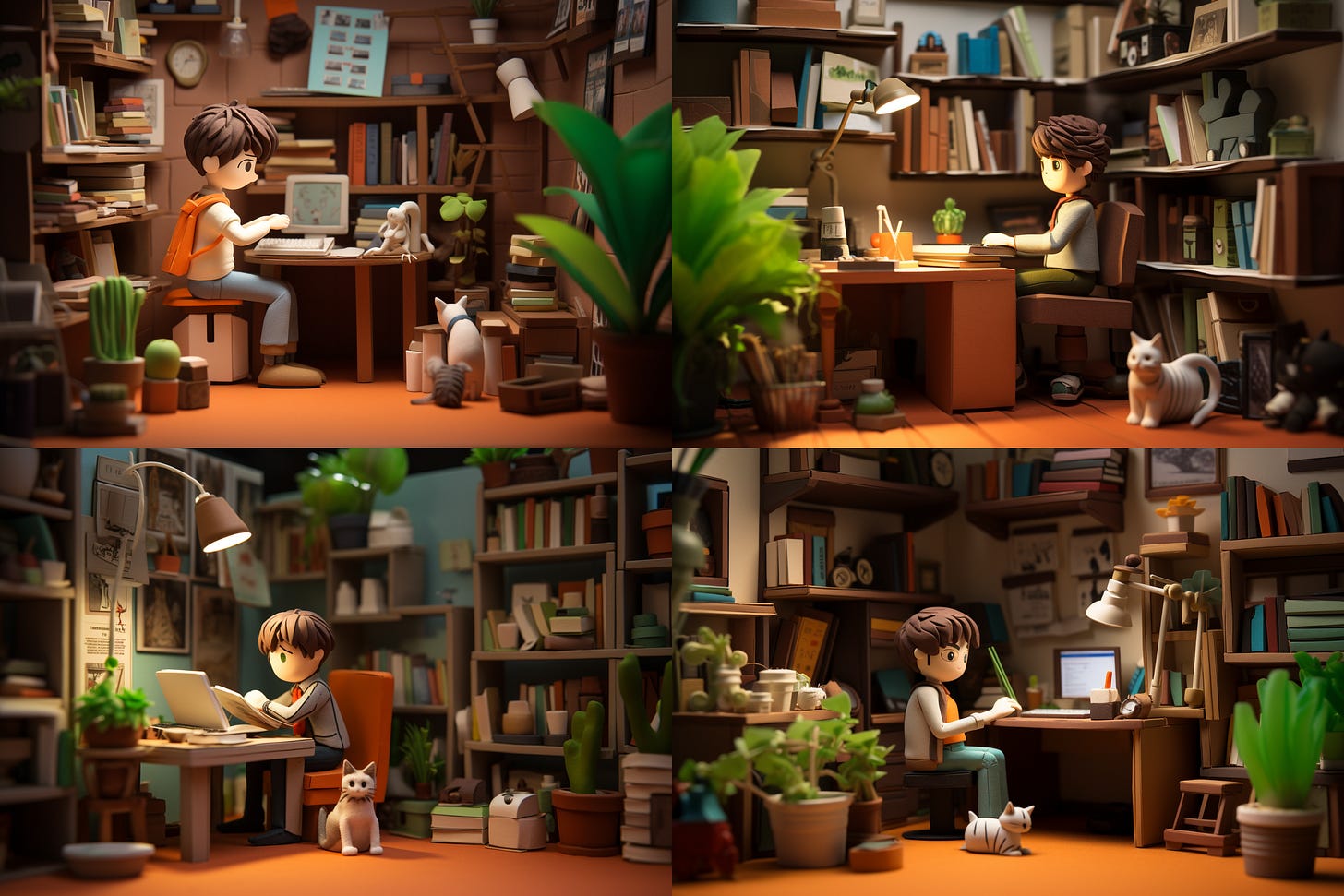
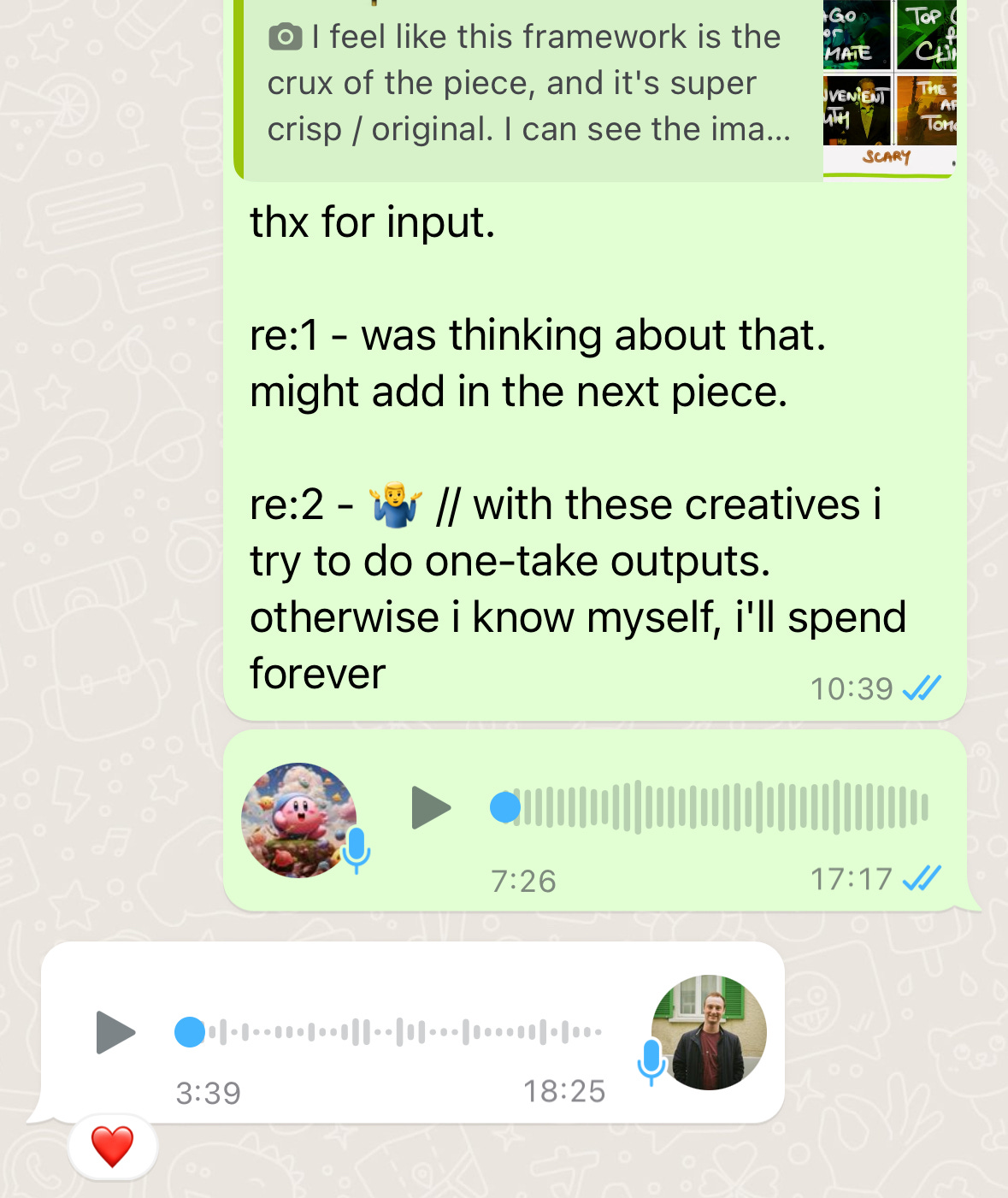
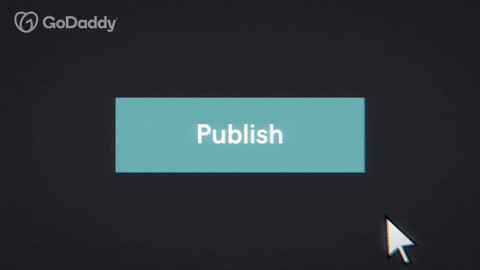

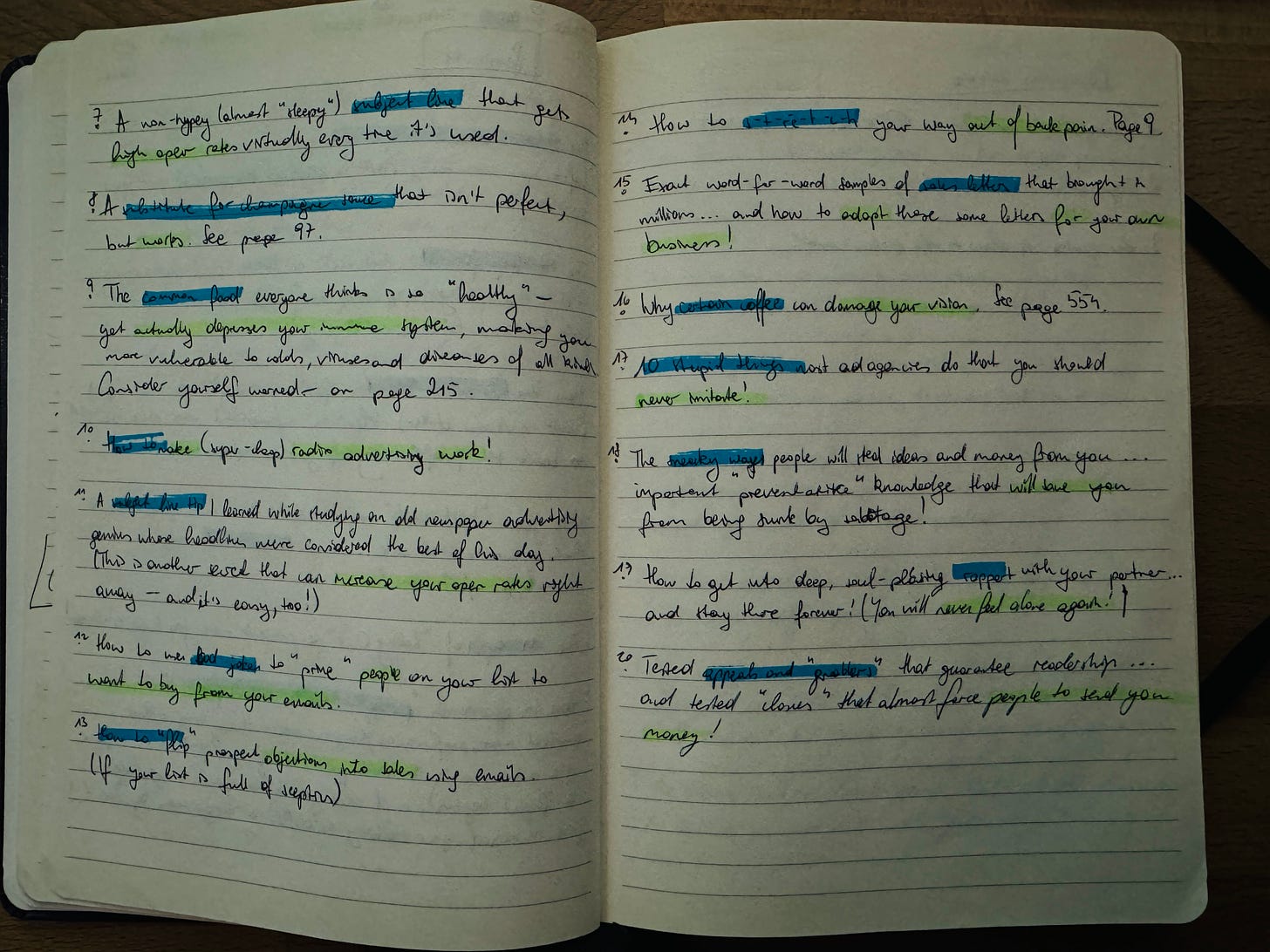


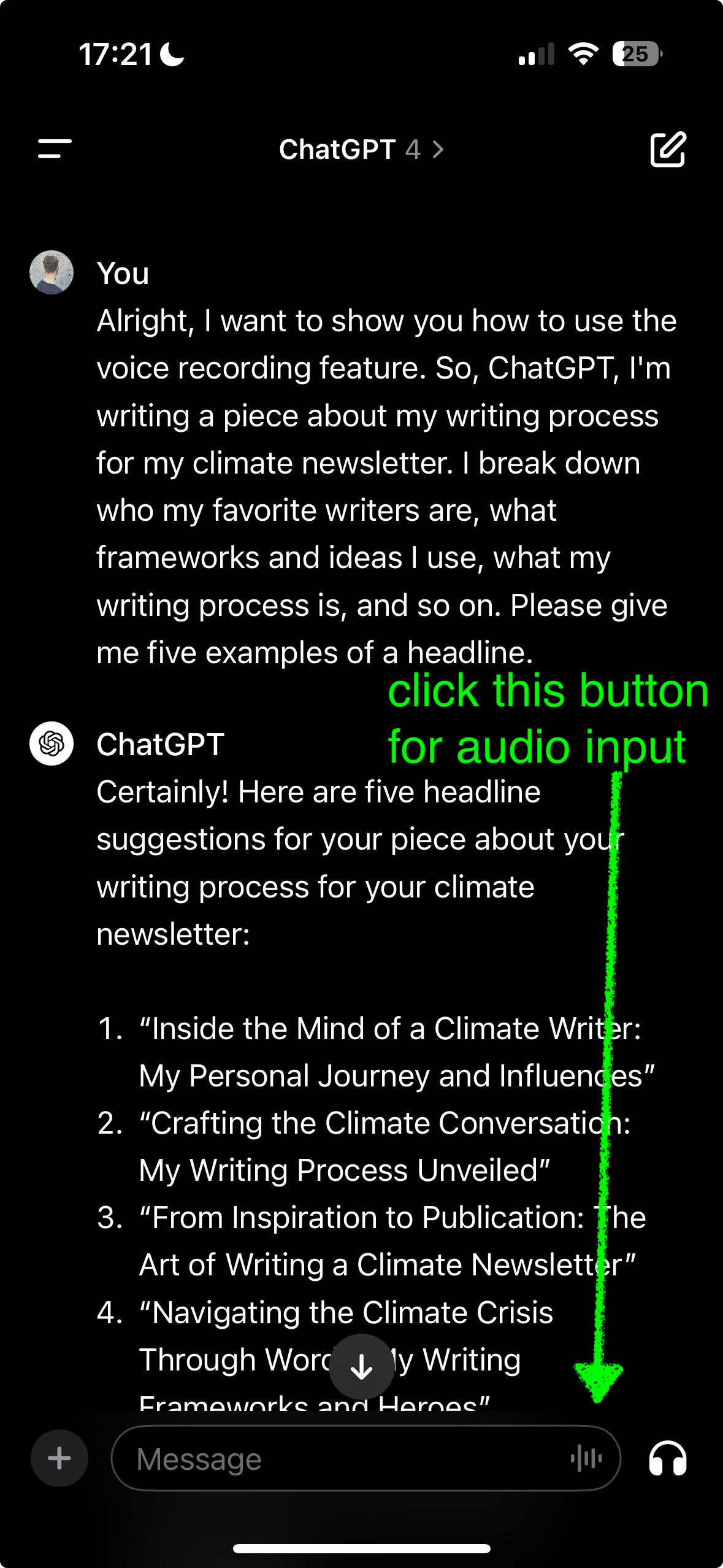

I'm really enjoying these interviews. The experiences definitely resonate with me. It's always useful to learn from other writers as to how they think.